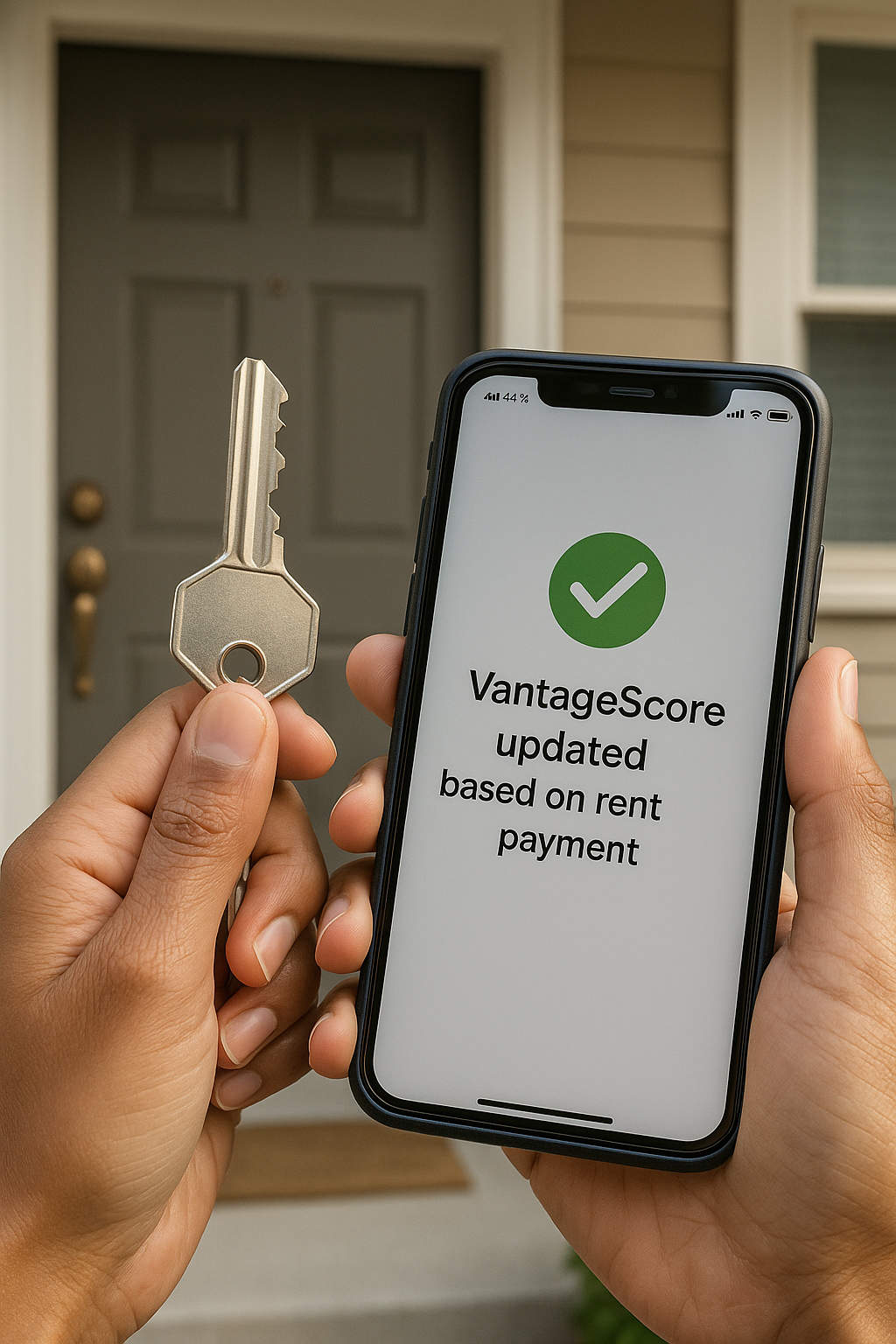
Welcome, mi gente!
As young Latinos navigating our professional lives in the U.S., we know what it means to work hard. Our ambition is fueling the economy. But ambition alone doesn’t close the wealth gaps our community faces.
We are entering the workforce, handling our first major paychecks, and looking toward a future that demands smart planning. The U.S. stock market may feel complicated, maybe even intimidating, but understanding how to invest in it is perhaps the single most important step we can take toward securing our financial future.
Here is the stark reality we face: in 2022, the median household wealth for Latino or Hispanic households in the U.S. was approximately $62,000, drastically lower than the $285,000 held by white households (“Black wealth is increasing, but so is the racial wealth gap”). This difference is largely tied to asset ownership, especially financial assets like stocks.
This isn’t just about reading charts; this is about equipping ourselves with the knowledge to build generational wealth and secure nuestro futuro. Let’s get started.
The Foundation: 6 Steps to Confident Investing
Our success in the market starts with solid preparation.
1. Own Your Financial Education
Research shows that financial knowledge is a key barrier. In one national assessment of basic financial literacy, Hispanic Americans answered fewer questions correctly than white and Asian Americans (“February 2022: Financial Literacy and Race”). We must close this knowledge gap.
- Read the Basics: Start with the concepts of risk, return, diversification, and compounding.
- Utilize Public Resources: Explore educational content from reliable non-profit organizations and government agencies (like the SEC or FINRA) designed to explain market mechanisms simply.
- Take Your Time: You don’t need a finance degree to start, but you do need patience. Never invest in something you don’t fully understand.
2. Define Why You Are Investing
If you don’t have a clear goal, market fluctuations will easily throw you off course. Our goals guide our strategy and risk tolerance.
- Are you saving for a down payment on a home (a medium-term goal)?
- Are you building a retirement fund (a long-term goal)?
- Are you saving for a child’s college education?
Write these goals down and assign a timeline to each. This provides the discipline necessary to succeed over decades.
3. Stick to a Solid Budget First
Investing requires capital, but it should only be money you can truly afford to set aside for the long term.
- Create an Emergency Fund: Before tackling the stock market, ensure you have 3 to 6 months of living expenses saved in an easily accessible, high-yield account.
- Establish an Investment Budget: Treat your investments like a recurring bill. Set a monthly amount you can consistently contribute, regardless of market performance.
4. Understand Diversification (Don’t Put All the Frijoles in One Pot)
Diversification is the most effective way to manage risk. When you spread your capital across different types of investments, industries, and regions, the poor performance of one asset will have less impact on your overall portfolio.
- Mix Asset Classes: Balance stocks with less volatile assets like bonds or cash equivalents.
- Broaden Your Stock Exposure: Instead of picking single stocks, many beginners find success with diversified investment vehicles that hold hundreds or thousands of stocks, such as index funds or total market funds.
5. Start Now and Start Small
The most powerful force in investing is time, thanks to the magic of compounding interest. If you are young, you have a priceless advantage: decades for your money to grow exponentially. We don’t need a fortune to begin. Starting with a small, manageable amount today is always better than waiting years for the “perfect” amount.
6. Choose Your Account Type Wisely
Because we are based in the U.S., we have access to specific, tax-advantaged accounts that can turbocharge our savings.
- Retirement Accounts (401(k), IRA): These are essential, especially since Hispanic adults are less likely to have retirement savings compared to non-Hispanic whites (“The state of Hispanic financial wellness in the United States”). Maximize these first.
- Taxable Brokerage Accounts: These are flexible but don’t offer the same tax breaks. They are typically used for medium-term goals or money you want to access before retirement.
Common Traps to Avoid
Even the best-prepared investors can be tripped up by human nature. Avoid these pitfalls:
- Impulsive or Emotional Investing: When the market drops, fear makes us want to sell. When it soars, greed makes us want to buy risky assets. Disciplined investors stick to their plan. Market volatility is normal; your response to it determines your long-term success.
- Chasing the Hype: Don’t buy a stock just because it’s mentioned on social media or trending in the news. Focus on fundamental value (the long-term financial health and business model of the companies you invest in).
- Neglecting Your Research: Never invest in any company or product without first understanding what it does and how it makes money. Your investment should be based on confidence in its long-term potential, not on hope.
- Forgetting to Rebalance: Over time, your best-performing assets will grow to represent a larger percentage of your total portfolio, potentially throwing off your original risk profile. Periodically, you need to sell some of the winners and buy more of the underrepresented assets to maintain your desired allocation.
Investing is a powerful form of economic empowerment for our community. It requires discipline, continuous learning, and a focus on the long game. Take that first step, stick to your plan, and watch as you transform your savings into wealth.
👉 Ask Gabi, the “judgment free zone” for all of your financial questions!
Stay tuned! We got you!






